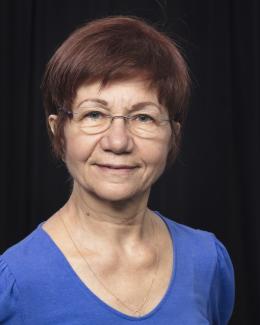February 9, 2018 – Oak Ridge National Laboratory provided significant contributions and coordination in the development of the Nuclear Energy Agency’s (NEA’s) recently released Spent Fuel Isotopic Composition (SFCOMPO) 2.0—the world’s largest open database for spent nuclear fuel assay data.
SFCOMPO 2.0 provides data from various spent fuel experiments for comparison against computer simulations of nuclear reactor fuel compositions important for the management of used fuel assemblies. The database is a vital benchmarking tool for many aspects of the fuel cycle.
Researchers from ORNL’s Reactor and Nuclear Systems Division developed an early prototype of the database that served as a basis for the final version. They then worked alongside multiple international participants within an NEA expert group to expand the database by collecting extensive datasets, with a specific focus on reactor technologies from across the international community. Their effort has resulted in SFCOMPO 2.0 growing to more than 20,000 measurement entries and 8 international reactor types.
“The database offers a central resource for measurement data than can be easily accessed and searched by researchers and analysts,” said Ian Gauld, an ORNL distinguished researcher involved in the work and who chaired the NEA expert group. “Previously, data were scattered and hard to find, making the collection of measurement data a very time-consuming task for many users—SFCOMPO 2.0 resolves that issue.”
The team gathered measurements from post-irradiation experiments and compiled data for more than 750 spent nuclear fuel samples. The samples, originating from 44 different reactors across NEA member states, offer vital insight that can be used in decisions regarding how countries will manage their nuclear spent fuel and waste management programs.
“Spent nuclear fuel is a very important national and international topic as countries develop their management programs and storage facilities,” Gauld said. “The design and safety requirements of these planned facilities rely on computer simulations of the fuel to calculate the radionuclide and radiological properties. And making sure those simulations are validated and backed by experimental data is necessary to justify their use in safety studies.”
SFCOMPO 2.0 is publicly available online through the NEA Data Bank and will also be distributed through ORNL’s Radiation Safety Information Computational Center.
ORNL’s role in the project was supported by the Department of Energy’s Office of Nuclear Energy, the National Nuclear Security Administration and the U.S. Nuclear Regulatory Commission.
ORNL is managed by UT-Battelle for the US Department of Energy’s Office of Science, the single largest supporter of basic research in the physical sciences in the United States. DOE’s Office of Science is working to address some of the most pressing challenges of our time. For more information, please visit http://energy.gov/science.



